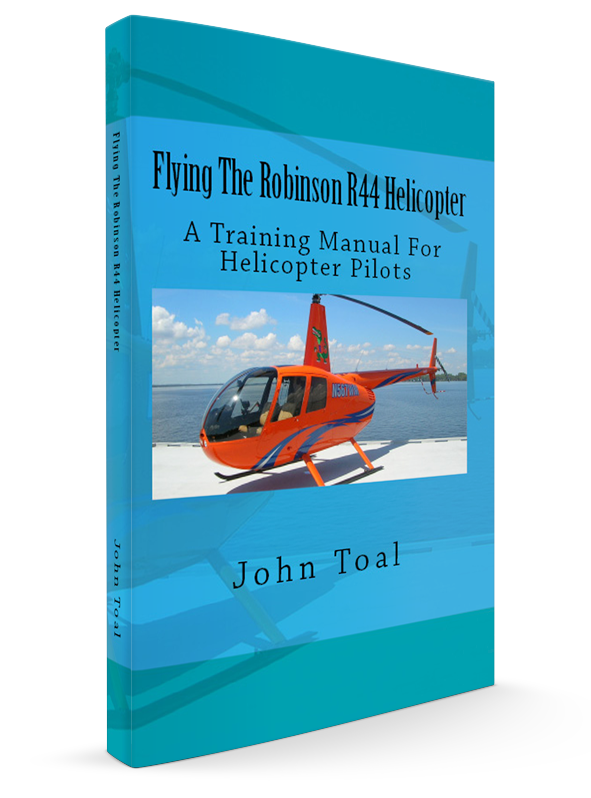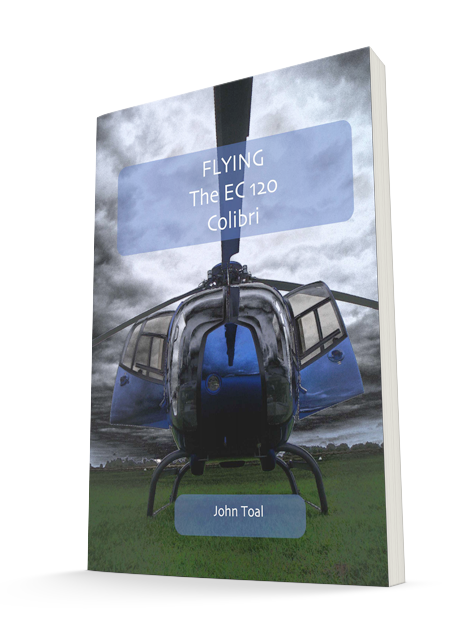How to Determine Wind Direction in-flight
(Reviewed on 3rd September 2020)

Wind Direction
Student pilots can sometimes become bewildered and confused about how to work out where the wind is coming from when approaching to land at an uncontrolled area. Quite often they can feel the helicopter drifting and buffeting due to the wind but the direction is not obvious.
Knowing the wind direction is extremely important for any helicopter pilot. We need to be planning ahead. Knowing what direction the wind is coming from will save valuable seconds in the event of an engine failure and thus allow us to perform a safe autorotation that terminates into wind. When we carry out confined area approaches, we need to be able to assess the wind direction to be able to plan an approach. Departures from confined areas also require us to know the wind direction as quite often this will determine our departure route.
- Look for visual signals of wind direction on the ground or water. Water is a great way of finding wind direction. Look for the calm area near a shoreline. The wind is blowing over this calm area into the rougher water beyond. White streamers on the water blowing parallel to the wind mean the wind is blowing at least 20 knots.
- Flag poles on golf courses or hotels are a great way of telling the wind direction and strength although you need to be reasonably close to them to see them accurately.
- Smoke from chimneys or fires is also an accurate indication of wind direction and strength.
- Strong wind will create waves over forests and long grass or crops. You can see the speed and direction of the surface wind by studying these waves.
- Birds are clever – they always take off into wind however I have seen them approach with a tailwind before turning into wind.
- Wind turbines. If these are turning, they will be pointing into wind.
- Fly one, two or three orbits at a constant speed and constant angle of bank. Start the turn(s) over an easily identifiable feature on the ground. When you have completed 360 degrees (or any number of complete turns) note your position over the ground. You will have been blown downwind from the starting position and you now have the wind direction at the altitude you performed the turns.
I use numbers one to six (above) regularly during every flight to assess wind speed and direction. Water and smoke are my favourites. When no other suitable method is available, I use item 7 above (orbits) and this works very well but takes a minute longer.
Did you enjoy this post? Why not leave a comment below and continue the conversation, or subscribe to my feed and get articles like this delivered automatically to your feed reader.








Something I use constantly while flying Seismic is the location of my rotor wash on the trees. If the trees in front of me are getting beat up and the ones behind me are still, I must have a tail wind. And vice versa. Granted you have already shot your approach before this is useful, I find it helps fine tune the direction so that I can use it more to my advantage throughout the day. Especially in areas where wind direction changes frequently. The same theory can be used when you pick up to a hover in a grassy area. Where is your rotor wash in relation to the helicopter?